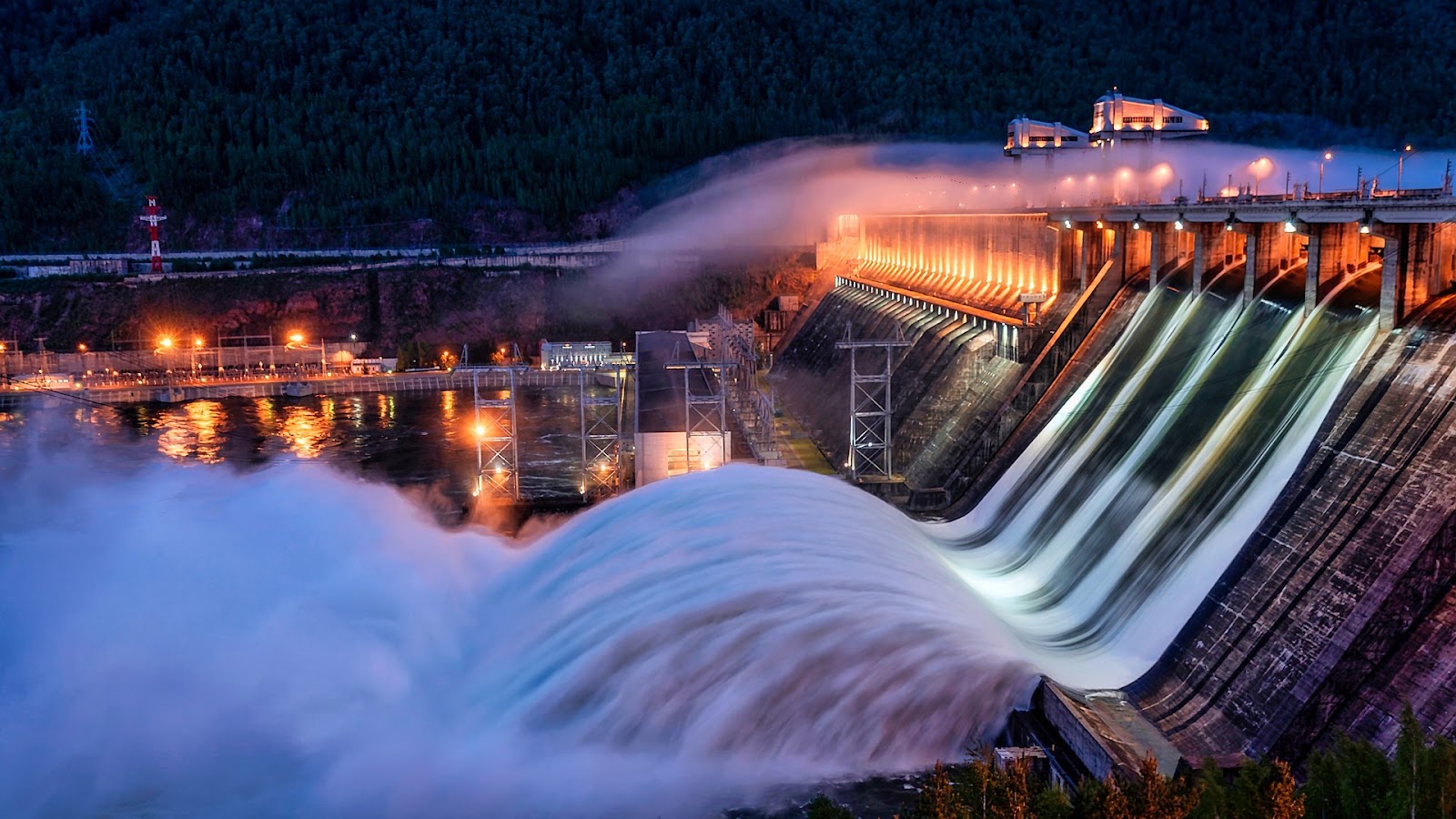Gravitation
Introduction
Gravitation, or gravity, is a fundamental force of nature that governs the motion of celestial bodies and the behavior of objects on Earth. It is the force of attraction between masses and plays a key role in the structure of the universe.
What Is Gravitation?
Gravitation is the attractive force between two objects with mass. It is universal, acting on all objects, no matter their size or distance. Discovered by Sir Isaac Newton in the 17th century, the concept was later refined by Albert Einstein’s General Theory of Relativity.
Newton’s Universal Law of Gravitation:
Newton’s Universal Law of Gravitation explains that every two objects in the universe attract each other with a force that:
- Is directly proportional to the product of their masses ( and ).
- Is inversely proportional to the square of the distance () between their centers.
Mathematical Expression:
Where:
- : Gravitational force.
- : Gravitational constant ().
- : Masses of the two objects.
- : Distance between the objects.
Acceleration Due to Gravity
Acceleration due to gravity, denoted as , is the rate at which an object’s velocity changes as it falls freely under Earth’s gravitational pull. Near Earth's surface, is approximately , although it varies slightly with altitude, latitude, and local geological factors.
Formula for :
Where:
- : Gravitational constant (),
- : Mass of Earth (),
- : Radius of Earth ().
Escape Velocity
Escape velocity is the minimum speed an object must achieve to overcome a planet’s gravitational pull and move into space without further propulsion. It depends on the mass of the planet and its radius but not on the object's mass.
Formula:
Where:
- : Escape velocity.
- : Gravitational constant ().
- : Planet's mass.
- : Planet's radius.
For Earth,
Kepler’s laws describe the motion of planets around the Sun and are fundamental to celestial mechanics.
1. Law of Ellipses
Planets move in elliptical orbits with the Sun at one of the foci.
- Significance: Explains why planetary distances from the Sun vary.
2. Law of Equal Areas
A line joining a planet and the Sun sweeps out equal areas in equal times.
- Significance: Indicates that planets move faster when closer to the Sun and slower when farther.
3. Law of Harmonies
The square of a planet’s orbital period () is proportional to the cube of its semi-major axis ():
- Significance: Relates orbital period to the size of the orbit.
These laws, discovered by Johannes Kepler, laid the groundwork for Newton’s theory of gravitation.
Gravitational Potential Energy (GPE)
Gravitational potential energy is the energy possessed by an object due to its position in a gravitational field. It depends on the object's mass, the gravitational acceleration, and the height relative to a reference point.
Formula:
Where:
- : Gravitational potential energy (Joules).
- : Mass of the object (kg).
- : Acceleration due to gravity ( on Earth).
- : Height above the reference point (meters).
For Large Distances:
If height is significant relative to Earth’s radius, GPE is calculated using:
Where:
- : Gravitational constant.
- : Mass of the planet.
- : Distance from the planet's center.
















